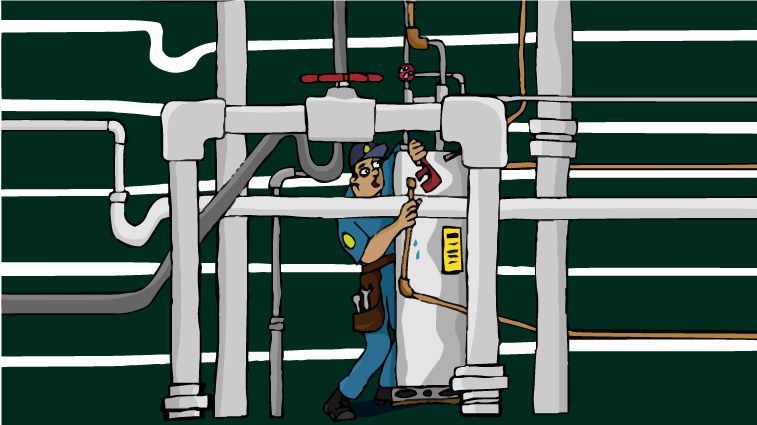
Commissioning Possible
Commissioning is a series of inspections by registered design professionals certifying energy performance of building systems are compliant with approved construction documents and the New York City Energy Conservation Code. Registered design professionals shall provide evidence of mechanical systems commissioning and completion prior to passing of final inspections. The NYCECC requires commissioning to ensure systems are not exceeding the energy use permitted by the energy and mechanical codes.
The NYCECC groups systems requiring commissioning into three main categories: mechanical systems, water heating systems and electrical power and lighting systems. Examples of systems that require commissioning include furnaces, air conditioners, plumbing systems, water heaters, refrigerators and lighting controls.
The NYCECC allows exceptions to commissioning for mechanical, renewable energy and service hot water systems in buildings where the total mechanical equipment capacity being installed is less than 480,000 Btu/h (140 690 W) cooling capacity and 600,000 Btu/h (175 860 W) heating capacity. There are no exemptions to commissioning for electrical power and lighting systems.
System commissioning focuses on a few key areas. Balancing of air and water flow rates in HVAC systems must meet requirements. Systems must be tested for functionality, which includes installation, component operation and system-to-system interfacing. HVAC controls must be commissioned for proper calibration and operation in accordance to approved plans. Air economizers are tested to meet manufacturer’s specifications. Lighting system controls must be tested for proper functionality. This includes time switches, programmable schedules and photosensors.
Design professionals must submit a preliminary commissioning report to the building owner. This report details any systems that fail to meet commissioning requirements and gives the building owner an opportunity to remedy the conditions.
Final commissioning reports must be sent to the building owner by the design professional. For buildings over 500,000 square feet (excluding R-2), the DOB can only issue a certificate of occupancy within 30 months after a department approved final commissioning report. R-2s and smaller buildings can get a certificate of occupancy within 18 months of the approved report.
Need an expeditor for your project? Contact us.








